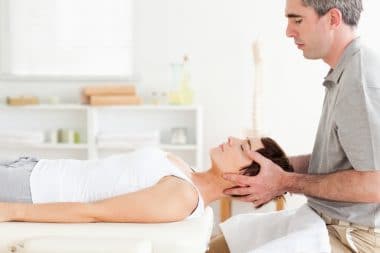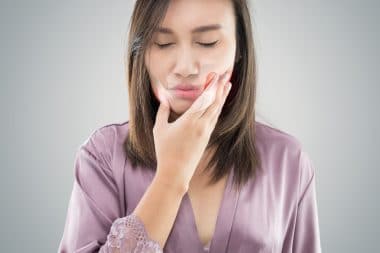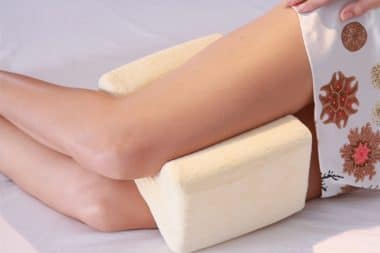The “Dowager’s” hump – you see it so frequently in the shopping mall, in your bridge game, and at the ballgame – that you accept it as part of aging. It’s that rounded curvature of the back, brought about by osteoporosis, that most men rather ignorantly (sorry…) assume is something that really only affects women. Think again!
In 2004, the US National Osteoporosis Foundation reported that 28 million Americans either have osteoporosis or are at risk for developing the disease. Of this number, 10 million have been diagnosed with it and the other 18 million are at risk. And here is the surprising figure: of the 10 million who are confirmed osteoporosis patients, 8 million are women and 2 million are men.
Based on the US Surgeon General’s 2004 report on Osteoporosis, the problem here boils down to two things: what we eat (foods rich in calcium and vitamin D), and what we do (physical exercise and close monitoring, especially past age 50). In addition to some genetic factors, these two factors determine, more than all of the others, whether or not we become candidates for osteoporosis and the dreaded Dowager’s hump.
A True (and Scary) Story
A real estate agent and avid jogger, Bill Munro, learned at the age of 50 that the bones on his back resembled that of Swiss cheese. He was shocked when his doctor told him that he had osteoporosis. While Bill’s mother and sister were osteoporosis sufferers, it never crossed his mind that he, too, would suffer the same fate. His doctor confirmed for a stunned Bill that, indeed, males contract this disease frequently, and that insufficient intake of calcium, not enough exercise, smoking (yes, even though he ran!), and low levels of the male hormone all played a part in his condition.
Bill’s doctor also said that he must, at all cost, avoid any risk of a fracture; and that meant scaling down his lifestyle. The most painful part for Bill here was that he had to stop jogging, and could not engage in the usual day-to-day activities of shoveling snow, or lifting heavy objects.
After hearing this bad news, Bill began training with weights, stayed with his medication, and read avidly on the disease. He even joined the Osteoporosis Society in his city. After a few years, he happened to meet a physiotherapist who said that he could probably run again, with certain precautions. Bill was elated.
Bill has since returned to running – though somewhat slower than before – and is in the midst of training for a marathon.
The Moral of this Story?
For many people, being diagnosed with a condition or disease can paralyze them emotionally, and compel them to give up interest in activities that once revved up their adrenalin levels. Yet for others, learning about a health condition can be a turning point in their lives – they turn it into an advantage and a chance to help others. For Bill Munro, his osteoporosis made him reach out to people. He has been a volunteer with the Osteoporosis Society, giving speeches and talking to people who are desperate to know how they can cope with their condition.
Risk Factors for Osteoporosis
The following factors are considered risk or vulnerability factors for experiencing osteoporosis.
· thin and small framed men
· men who have relatives who have suffered multiple fractures
· men who take medications that have contributed to bone loss
· men with health problems such as diabetes mellitus, hyperthyroidism (overproduction of thyroid hormone), anorexia nervosa, and some sex hormone deficiency.
Lifestyle, nutrition and exercise, also factor into the “risk equation”: excessive smoking and alcohol intake is discouraged, and people in advancing age must make sure they are getting more than the daily recommended amounts of calcium to keep bones healthy and strong. Osteoporosis appears to strike under-exercised individuals as well, and so weight-bearing exercises are encouraged.
Here’s a friendly reminder: it’s not osteoporosis that is the real problem, it’s the fractures that result from weakened bones. Individuals should aim for prevention. Developing good nutrition and engaging in physical exercise during adolescence and early adulthood is crucial. As one nears age 50, bone density tests must be part of the annual physical.
Though Bill’s story turned out well, there are hundreds – thousands, even – that don’t have happy endings. Treat your body like you would treat your house: don’t wait until the cracks turn into crisis before you seek treatment. Know your risk factors, and adjust your lifestyle and diet to prevent the “silent killer” of osteoporosis from diminishing your quantity, and quality, of life.







Reply